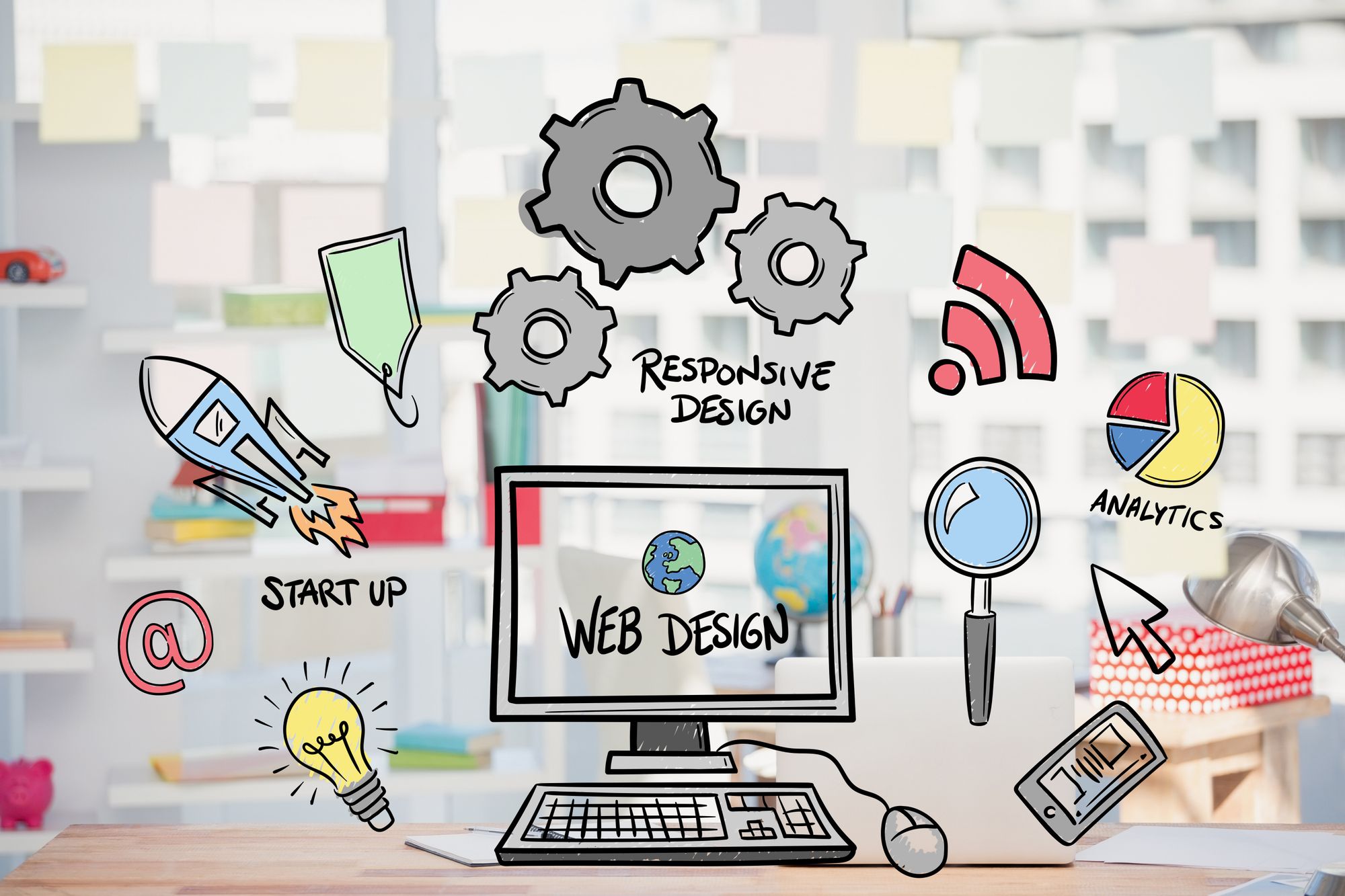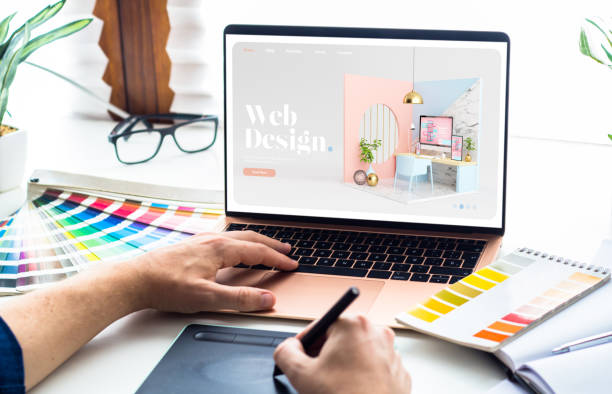Las Vegas SEO Firm Offering Effective Strategies for Digital Success
Las Vegas SEO Firm Offering Effective Strategies for Digital Success
Blog Article
Creative Internet Design Solutions for Modern and Engaging Internet Sites
In the realm of internet design, the pursuit of modern-day and appealing solutions has come to be progressively vital for businesses aiming to record user interest. By incorporating vibrant shade schemes, interactive aspects, and receptive formats, designers can create experiences that not just reverberate with users but additionally boost brand identity.
Welcoming Vibrant Shade Systems
In website design, the strategic use bold color design can dramatically boost user interaction and brand name identity. By utilizing dynamic colors, developers can develop visually striking websites that record focus and cultivate a memorable experience. An appropriate shade palette not just shows a company's values yet additionally stimulates details emotions that can affect individual habits.
Strong shades can be used to assist individuals' interest to crucial components such as telephone calls to activity, enhancing conversion prices. Making use of contrasting colors for buttons and links can make these components stand out, prompting individuals to interact more readily. Moreover, a cohesive color design across the internet site strengthens brand recognition, developing a sense of familiarity and trust among visitors.
Nevertheless, it is vital to stabilize bold colors with sufficient white space to avoid overwhelming customers. Efficient use typography also complements vibrant shades, guaranteeing readability while maintaining visual allure. Ultimately, embracing bold shade systems in website design not only boosts visual high quality however also plays an indispensable duty in attaining critical company objectives, making it an essential consideration for modern web advancement.

Making Use Of Interactive Components
Interactive elements are vital in modern website design, as they dramatically enhance user engagement and create a much more vibrant searching experience. By including attributes such as animations, hover results, and clickable elements, internet sites can motivate users to explore material more thoroughly and return for future gos to.

Micro-interactions, such as refined computer animations when a switch is clicked or a type is submitted, can additionally boost the user experience by providing instant responses. These little details can make the site feel more receptive and active, fostering a feeling of connection in between customers and the website.
In addition, gamification elements, such as incentives for completing specific activities, can inspire users to engage with the web content more deeply. By thoughtfully incorporating these interactive elements, web developers can produce an unforgettable and engaging online experience that resonates with users and encourages them to return.
Implementing Receptive Design
Executing responsive style is crucial in today's multi-device landscape, guaranteeing that sites supply an optimal watching experience throughout numerous display dimensions. As customers progressively access the web with mobile phones, tablet computers, and desktops, a one-size-fits-all method is no more feasible. Responsive style permits smooth navigating and interaction, adjusting design and content to fit the tool being utilized.
Trick principles of receptive style consist of fluid grids, adaptable photos, and media queries. Liquid grids utilize relative units, such as portions, instead of taken care of pixels, allowing aspects to resize proportionately. Adaptable photos scale within their containing elements, avoiding overflow and maintaining aesthetic integrity. Media questions assist in the application of different styles based on the tool's qualities, such as size, elevation, or resolution, permitting developers to tailor the individual experience efficiently.
Moreover, receptive layout enhances SEO performance, as online search engine favor mobile-friendly sites. By executing receptive design, businesses not just enhance customer fulfillment and interaction yet likewise enhance their reach in a competitive electronic landscape. As innovation remains to progress, taking on responsive style has come to be a basic practice for any kind of modern and appealing web site.
Integrating Multimedia Material
Multimedia content plays a vital function in creating interesting and vibrant internet experiences that record users' interest and enhance understanding. By combining text, photos, sound, and video, sites can provide a richer narrative that allures to different finding out designs and preferences. This combination not only strengthens individual engagement but likewise aids in conveying complicated ideas succinctly.
Incorporating high-grade pictures and infographics can separate textual content, making it extra absorbable. Similarly, video clip tutorials and discussions can provide in-depth insights that static content might not totally connect. Audio elements, such as podcasts or history music, can likewise improve the ambience of a site, developing an extra immersive experience.
Furthermore, the calculated use multimedia can boost search imp source engine optimization performance, useful site as online search engine favor diverse content types, increasing visibility. However, it is crucial to guarantee that multimedia elements do not hinder page load times, as this can result in individual irritation. By stabilizing multimedia integration with efficiency considerations, web designers can develop visually appealing and functional sites that resonate with users, fostering a deeper link and encouraging return check outs.
Focusing On User Experience

To achieve an optimal user experience, developers have to focus on a number of crucial concepts. First, responsive design is important; web sites ought to adapt perfectly to different tools and display sizes. This ease of access ensures that customers can involve with content despite their picked system. Clarity in format and hierarchy is important. Clear phone calls to activity, legible typography, and organized content guide customers, decreasing cognitive load.
In addition, incorporating customer feedback into the style process is important. Regular screening with real customers helps recognize discomfort points and areas for renovation, enabling repetitive improvements. Inevitably, focusing on UX not only elevates user satisfaction however likewise drives engagement and conversion prices, making it a crucial element of contemporary internet layout techniques. By putting users at the center of layout initiatives, websites can produce long-term, positive impressions that urge return visits.
Final Thought
Finally, modern internet why not check here layout options that emphasize strong shade schemes, interactive aspects, responsive design, and multimedia web content considerably boost individual involvement and contentment. Focusing on user experience via clear designs and constant comments additionally adds to enhanced conversion prices. By taking on these strategies, websites can properly mesmerize visitors and enhance brand name identification, ultimately resulting in a more vibrant and engaging on-line visibility. The integration of these style principles is necessary for achieving modern website design purposes.
Report this page